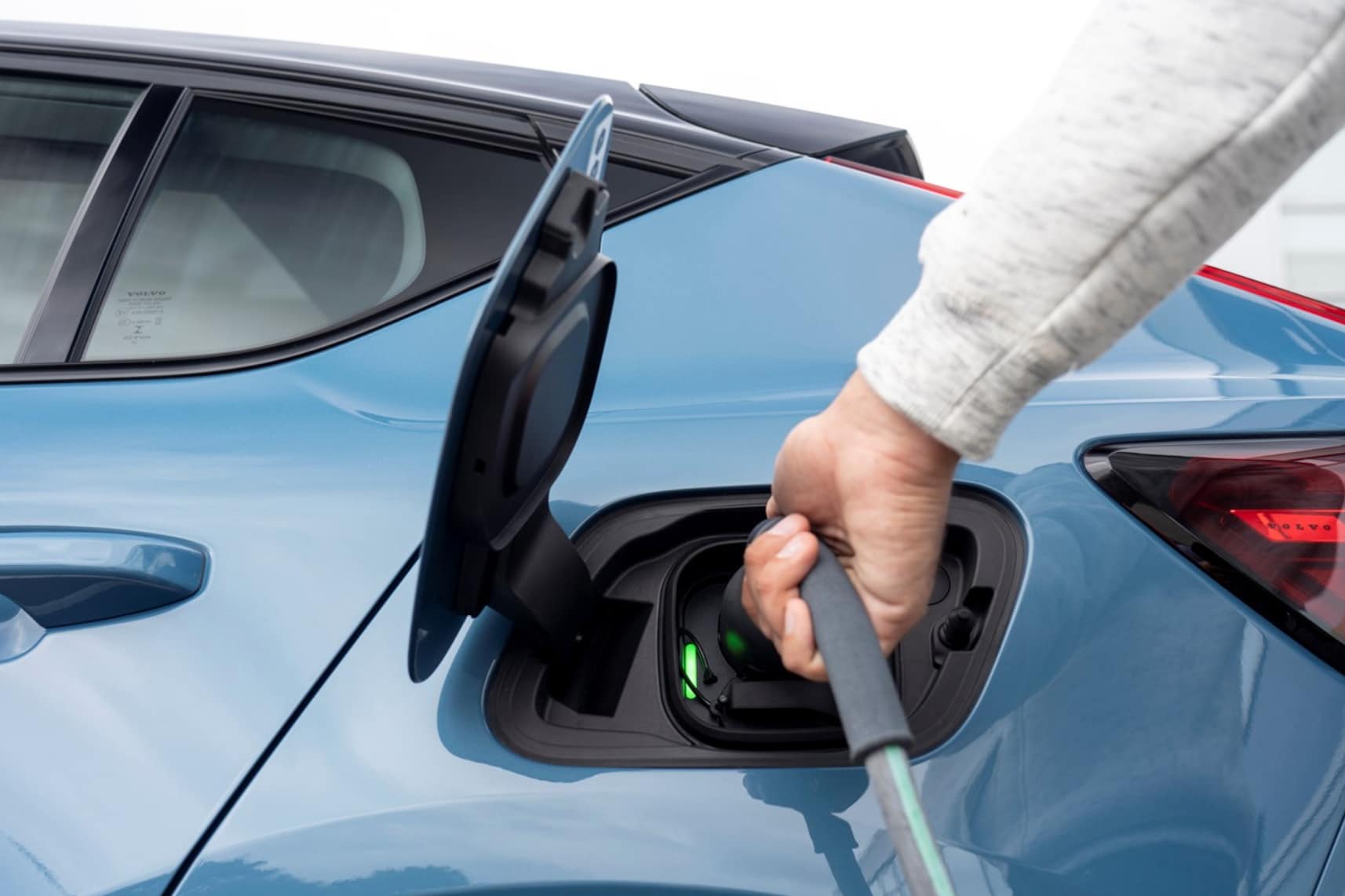
This week Volvo Cars has issued a call to world leaders and energy providers for an increase in investment in clean energy in order to give electric cars, both those made by Volvo and those produced by other automakers, their best chance to deliver on climate benefits.
A report on the overall life cycle carbon emissions of Volvo’s latest fully electric car, the Volvo C40 Recharge, has recently been published, demonstrating the potential CO2 reductions that are possible if a vehicle’s manufacturing and charging uses clean energy sources. As heads of government and industry have convened at the UN climate summit in Glasgow, Scotland, this report about the true unrealized potential of electric cars is especially relevant.
Volvo’s current goal is to become a fully electric automaker by the year 2030 and to be completely carbon neutral by 2040. With an entire family of completely electric cars planned for the near future, they have one of the most ambitious electrification plans in the industry. However, this new report is proof that the cooperation of governments and the energy sector is required to see the full carbon reduction that electric cars can offer. If clean energy is widely available not only to support the process of building a Volvo electric vehicle, but also to charge it during its regular use, the CO2 reduction could be huge. The report shows that when charging with clean energy such as wind or solar, the life cycle impact of the car is brought down to less than half the impact of a traditional, gasoline-fueled Volvo XC40. When charging with electricity generated through fossil fuels, the effects are far less drastic, essentially kneecapping the eco-friendly potential of the Volvo C40 Recharge, or any other electric car.
The International Energy Agency’s 2021 World Energy Investment report is echoing these sentiments, noting that while clean energy investments have seen “a moderate upswing”, investments “remain far below what is required to avoid severe impacts from climate change”. According to the report, clean energy investments from around the world “would need to double in the 2020s to maintain temperatures well below a 2°C rise and more than triple in order to keep the door open for a 1.5°C stabilization.”
“We made a conscious strategic decision to become a fully electric car maker and an industry leader, but we can’t make the transition to climate neutrality alone,” said Håkan Samuelsson, chief executive. “We need governments and energy firms around the globe to step up their investments in clean energy capacity and related charging infrastructure, so fully electric cars can truly fulfill their promise of cleaner mobility.”
 AdChoices
AdChoices